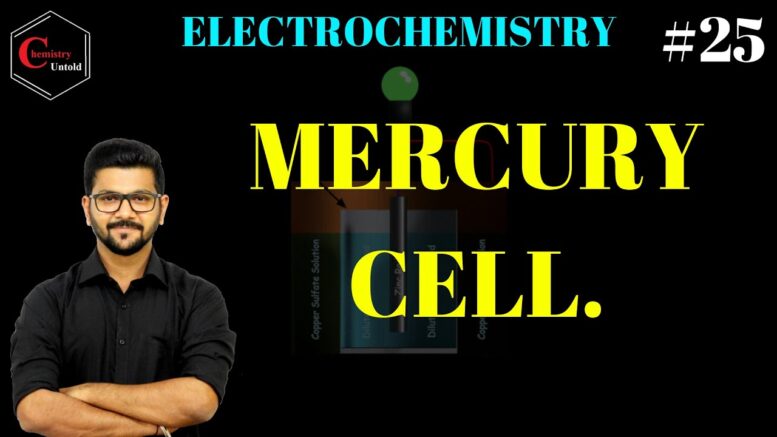Electrochemistry is a branch of physical chemistry that gives the relationship between electrical energy and chemical energy. This chemical energy causes the electrons to move. The movement of electrons is called electricity. The chemical reactions taking place during this process is known as the redox reaction. In this redox reaction, the oxidation and reduction take place simultaneously. In the oxidation process, the atom loses the electrons and reduction is the process of gaining of electrons by an atom. Electrochemistry in one of the most important subject in today’s industrial researches.
Electrochemical cell:
An electrochemical cell is a device in which the electrochemical reactions take place. The spontaneous interconversion of oxidation and reduction are carried out in this cell. The electrochemical cell comprises three main components. They are :
- Electrodes: Electrodes are the solid metallic conductor which carries electric current to non-metallic conductors. The two types of electrodes are anode and cathode. The positively charged electrode is called the anode and a negatively charged electrode is called the cathode.
- Electrolyte: A substance that dissociates into ions in solution and acquires the capacity to conduct electricity. This is mainly the salt solution in which the salt dissociates into its constituent ions. The common examples of electrolytes are Copper sulphate solution, Potassium chloride, sodium chloride.
- Salt bridge: Salt bridge is a device which connects the oxidation and reduction half cells of the electrochemical cell. It acts as a bridge for carrying the ions from one electrode to another.
Mercury Cell
A mercury cell is a type of electrochemical cell that is basically a type of primary cell which is not rechargeable. It also comes under the category of dry cell. The mercury cell is mainly used in portable devices such as calculators, watches, digital thermometers etc.
Components:
The basic components of are:
- Electrodes: This cell also contains anode and cathode as electrodes.
Anode: Zinc- Mercury
Cathode: Paste of mercuric oxide and carbon
- Electrolyte: Potassium hydroxide
Reactions undergoing in this cell:
Following are the reactions which take place in the cell:
- At anode:
- At cathode:
- The overall reaction of the cell is:
Merits of the cell:
- High capacity of the cell
- Long life of the cell
- Cost of production is low
- Constant voltage up to 1.35V
Demerits of the cell:
- Contains the toxic mercury which pollutes the environment
- Harmful to children
- Not serves well at low temperatures
- Disposal of these cells is hazardous to the environment
Frequently asked questions:
1. Define electrochemical cells.
Answer
An electrochemical cell is a device in which the electrochemical reactions take place. The spontaneous interconversion of oxidation and reduction are carried out in this cell.
2. What are the main components of electrochemical cells?
Answer
The electrochemical cell comprises three main components: Electrodes, electrolyte and salt bridge.
3. Is Mercury cell a primary cell?
Answer
Yes, Mercury cell is a primary cell.
4. Highlight the merits and demerits of mercury cells.
Answer:
Merits:
- High capacity of the cell
- Long life of the cell
- Cost of production is low
- Constant voltage up to 1.35V
Demerits:
- Contains the toxic mercury which pollutes the environment
- Harmful to children
- Not serves well at low temperatures
Disposal of these cells is hazardous to the environment
